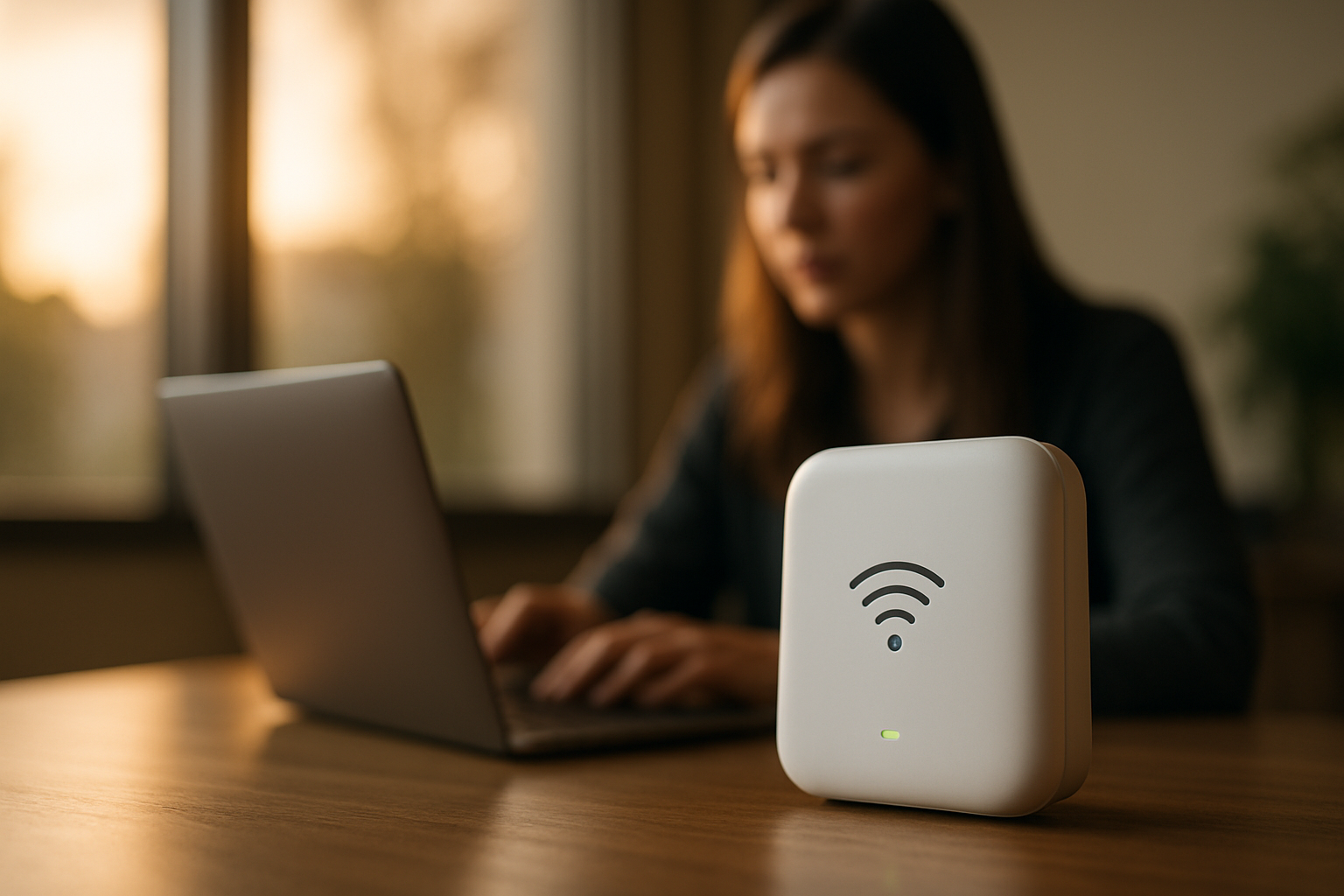Connectivity and equipment checks for uninterrupted remote work
Reliable connectivity and well-maintained equipment are essential for uninterrupted remote work. This overview outlines practical checks, simple routines, and small improvements that sustain productivity, protect privacy, and support ergonomics, safety, organization, scheduling practices, and long-term maintenance of a home workspace.

Remote work depends on a mix of dependable connectivity, properly configured equipment, and an organized workspace that supports productivity and wellbeing. Regular checks help prevent interruptions from slow networks, failing hardware, poor lighting, or acoustics issues. Establishing simple routines for testing internet speed, inspecting cables, updating firmware, and reviewing ergonomic setups reduces unexpected downtime and supports long-term maintenance and safety of your home setup. Below are focused areas to review and practical steps to keep remote work running smoothly.
ergonomics and furniture
A good ergonomic setup reduces fatigue and supports wellbeing during long work sessions. Start with a supportive chair adjusted so feet rest flat and knees are roughly at hip level; position your monitor at eye level to avoid neck strain. Furniture choices affect posture and productivity: a stable desk with the right height and cable management fosters organization and reduces tripping hazards. Add a keyboard tray or an external keyboard and mouse to keep wrists neutral. Periodically reassess the arrangement when you change equipment or if discomfort develops, and consider short movement breaks to maintain musculoskeletal health.
connectivity checks
Connectivity is the backbone of remote work. Test your internet speed at different times of day to spot peak congestion and verify the upload/download rates your tasks require. Reboot routers and modems monthly, update firmware, and secure connections with strong passwords and WPA3 when available. For critical calls, prefer wired Ethernet or position your Wi‑Fi access point centrally to minimize dead zones. Maintain a simple troubleshooting checklist—restarting devices, checking cable integrity, and confirming ISP status—so you can resolve most interruptions quickly and preserve productivity.
equipment and maintenance
Regular equipment checks extend device lifespan and prevent sudden failures. Inspect power adapters and cables for wear, clean vents to avoid overheating, and run disk and memory diagnostics as part of a quarterly routine. Keep drivers and operating system updates current, but delay major upgrades until compatibility is confirmed for essential software. Maintain backups for important files and verify them periodically. For shared or communal devices, set clear maintenance responsibilities and an update schedule to avoid unexpected disruptions during important tasks.
lighting and acoustics
Lighting and acoustics directly influence concentration and comfort. Position task lighting to reduce screen glare while providing even illumination across the workspace; adjustable lamps help adapt to seasonal and daily light changes. Address acoustics by identifying and treating common reflection points with soft furnishings, rugs, or purpose-built panels to reduce echo in video calls. For noisy environments, use directional microphones or noise‑cancelling headsets. Thoughtful lighting and sound control support clearer communication, lower fatigue, and improve overall productivity during remote work.
organization, privacy and scheduling
An organized environment and intentional scheduling protect privacy and keep work flowing. Use cable organizers, labeled storage, and a consistent place for chargers and peripherals to avoid wasted time searching for equipment. Implement calendar blocks for focused work and routine maintenance tasks, such as software updates or monthly speed tests, to reduce unscheduled breaks. Protect privacy by using privacy screens when needed, reviewing camera and microphone permissions regularly, and ensuring secure network practices during confidential calls. Clear boundaries help maintain both efficiency and personal wellbeing.
sustainability, safety and wellbeing
Sustainable and safe practices reduce environmental impact and promote long‑term wellbeing. Choose energy‑efficient equipment, power down devices when idle, and recycle or donate older hardware responsibly. Address electrical safety by avoiding overloaded outlets and using surge protectors for sensitive equipment. Incorporate short movement breaks, ergonomic stretches, and daylight exposure into your schedule to support mental and physical health. Safety, sustainability, and wellbeing measures together create a resilient workspace that supports sustained productivity and reduces the likelihood of costly interruptions.
Conclusion Consistent remote work relies on a mix of proactive connectivity checks, reliable equipment maintenance, thoughtful ergonomics, and organized routines. By implementing periodic testing for internet performance, keeping firmware and drivers updated, arranging lighting and acoustics, and maintaining clear scheduling and privacy practices, you can minimize downtime and create a workspace that supports both productivity and wellbeing. Regular reviews and small adjustments often prevent the larger disruptions that interrupt tasks and meetings, helping remote work remain steady and sustainable over time.





